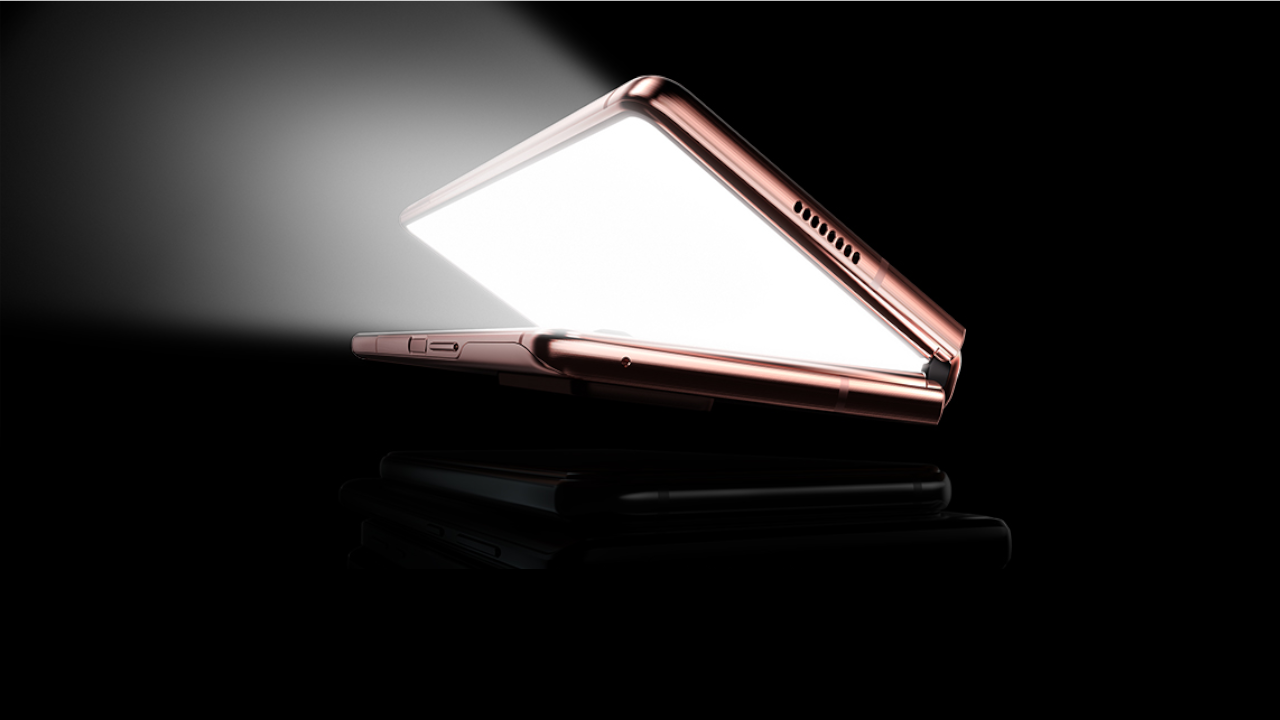
When I first handled Samsung's Galaxy Z Fold I was pretty blown away: that foldable phone was not only massive, it was massively impressive. Sure, it had hiccups with total screen teardowns (literally, people were damaging their screens by removing a protective layer thinking it was an overly glossy screen protector), but in subsequent second- and third-gen devices things improved.
Now the Samsung Galaxy Z Fold 4 is rumoured to be on the horizon, which is indeed an exciting prospect. But if I was to go all-in and buy Samsung's forthcoming foldable it'd need to have a variety of feature improvements and upgrades for me to really consider it as a sensible daily driver. Here are the three things that, if Samsung was to fix, would lure me into wanting a Galaxy Z Fold 4...
1. A different aspect ratio
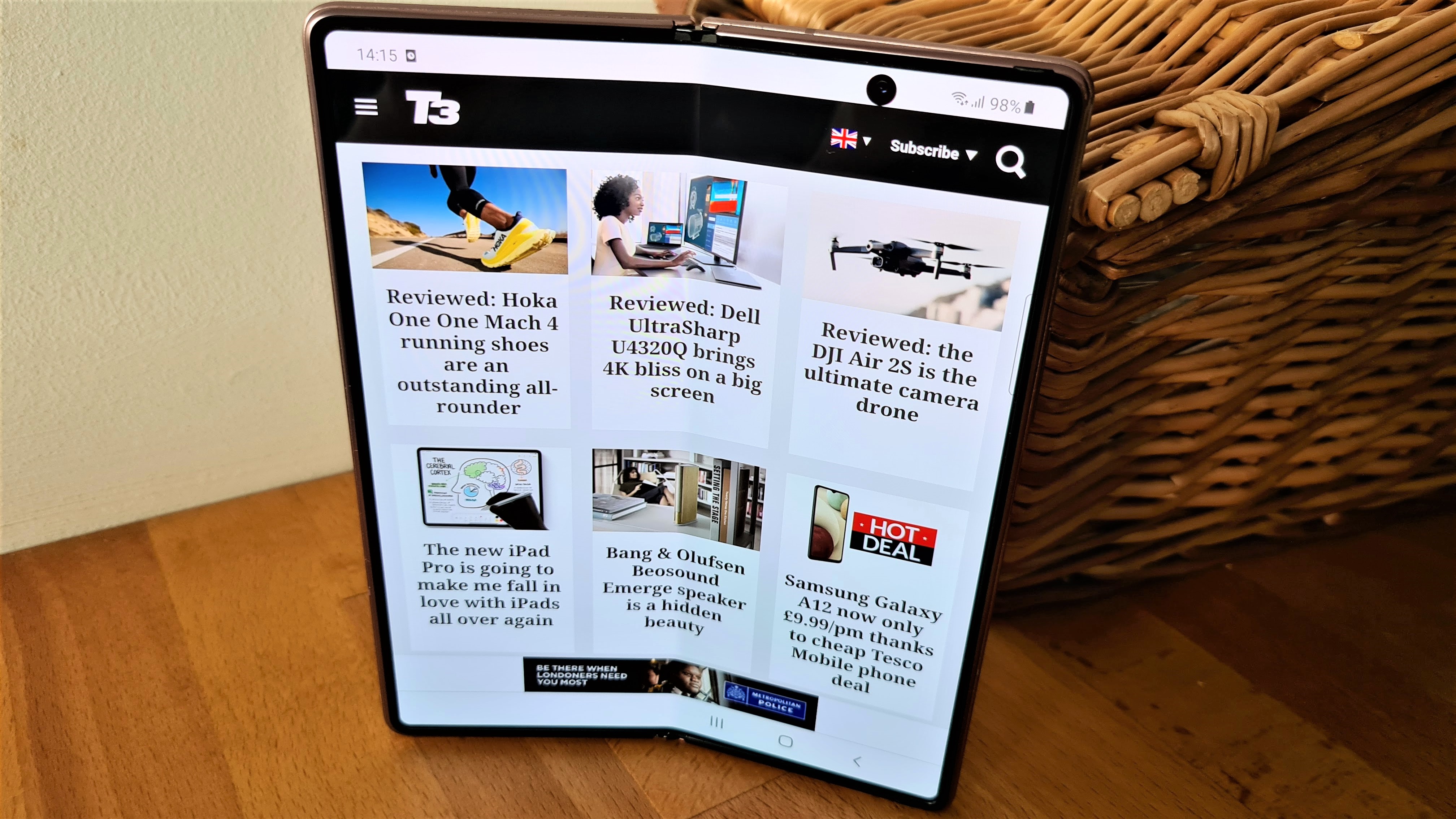
Having lived with the Z Fold 3 for some time, I found its scale to be both exciting and cumbersome: when it's closed it's a bit too narrow; when it's open it's a bit too massive. I think the Z Fold 4 needs to go with a slightly different form-factor, one that's more complementary to the Android ecosystem and typical phone layouts.
In many senses what could make sense is that the next Fold is just smaller in each direction. Not by much, mind, I still want the open format of this foldable to be suitably massive, but the aspect ratio needs a little nip and tuck and then I think general use-cases on both front closed and interior open screens would make more sense more of the time.
There is indeed a strong rumour that Samsung is potentially going to do just that: that the Z Fold 4 will be an entirely new design, to deliver a new form that, I suspect, will be more appealing to more people.
2. Sort out the integrated camera
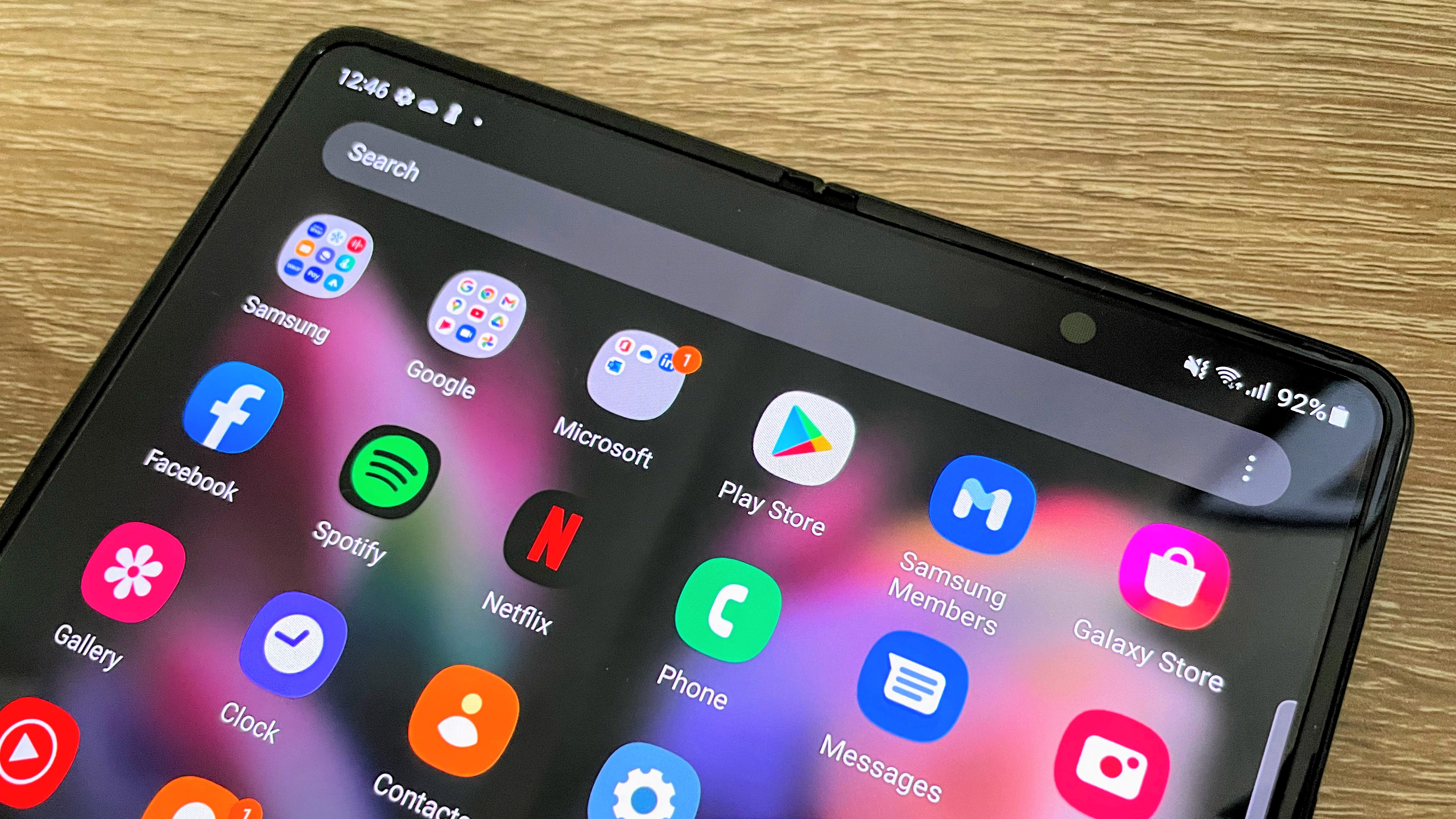
In the Galaxy Z Fold 3, Samsung introduced an under-display camera inside. The idea of this I really loved: that you wouldn't see the camera any of the time, to let that massive display shine. The reality, however, is that Samsung's camera implementation was behind some of the competition: ZTE, for example, is streets ahead in its applicable Axon devices.
So what's the solution here? Create a better under-display camera? I'm not so sure. Call it radical, but I'm not 100 per cent convinced that the Z Fold 4 necessarily requires a camera in this space. That's part of the beauty of the form: it closes, it has another front-facing camera option, and I think that's just fine.
Sign up to the T3 newsletter for smarter living straight to your inbox
Get all the latest news, reviews, deals and buying guides on gorgeous tech, home and active products from the T3 experts
It's not that I don't find the camera useful, of course, it's just that I want the premier feature of the Z Fold – its unflinchingly massive screen – to be left unimpeded. That would really let the screen shine.
3. Improve the folding screen material
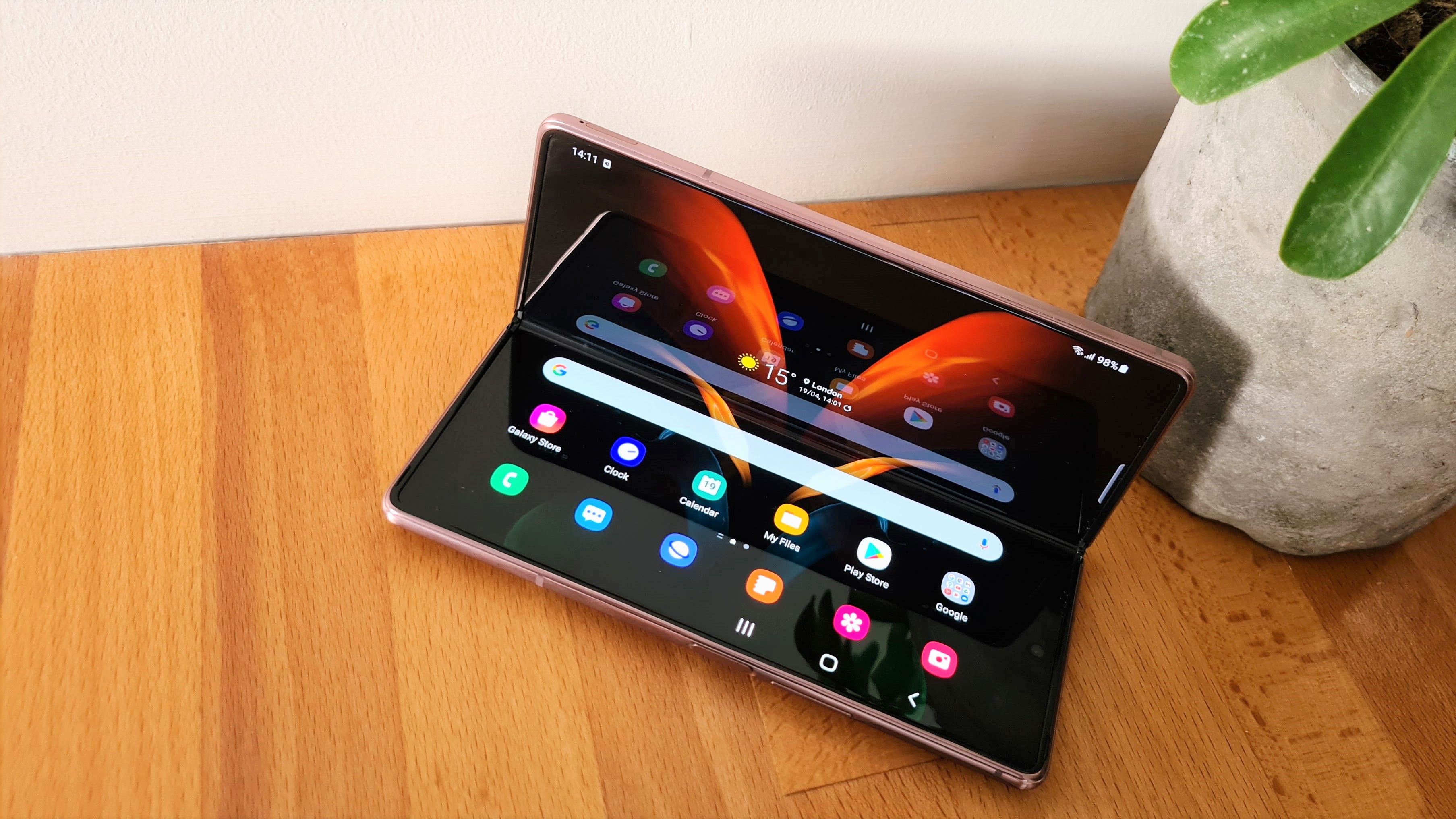
But for the screen to really impress – especially when considering it over long-term use – I think the surface technology needs to evolve. Samsung has already done a good job with this, replacing the plastic of the original POLED with improved Samsung Ultra-Thin Glass (UTG) and cutting down on reflections.
However – and there's always a 'but', right? – I still don't think that solution has negated the presence of a visible crease, nor does it offset various reflections that are just part and parcel of a glossy screen surface. I think the reflectiveness actually annoys me more than the crease, because the latter you don't really see when you're using the device, whereas reflections can be really distracting.
How will Samsung go about fixing this issue? It's got a huge research and development (R&D) budget, so don't be surprised if it pulls the rabbit out of the hat, so to speak, and delivers a next-level solution before any other maker – that we'll then eventually see in all other foldable phones. After all, Samsung is a big fish in the display and semiconductor businesses, which is how it makes so much cash.
Speaking of competitors, that's the final point of note: with the Vivo X Fold, Huawei Mate Xs 2, and Oppo Find N just three of many examples of accomplished folding phones, there's now no shortage of competition. And Motorola is thought to be releasing its third-gen Razr soon, too. Samsung needs to stand out in every possible way to keep that competition at bay, which is an increasingly taxing task.

Mike is T3's Tech Editor. He's been writing about consumer technology for 15 years and his beat covers phones – of which he's seen hundreds of handsets over the years – laptops, gaming, TV & audio, and more. There's little consumer tech he's not had a hand at trying, and with extensive commissioning and editing experience, he knows the industry inside out. As the former Reviews Editor at Pocket-lint for 10 years where he furthered his knowledge and expertise, whilst writing about literally thousands of products, he's also provided work for publications such as Wired, The Guardian, Metro, and more.
-
 3 Nintendo Switch 2 launch games we can't wait to play
3 Nintendo Switch 2 launch games we can't wait to playHere are the three games we'll be pre-ordering along with the Nintendo Switch 2
By Matt Tate
-
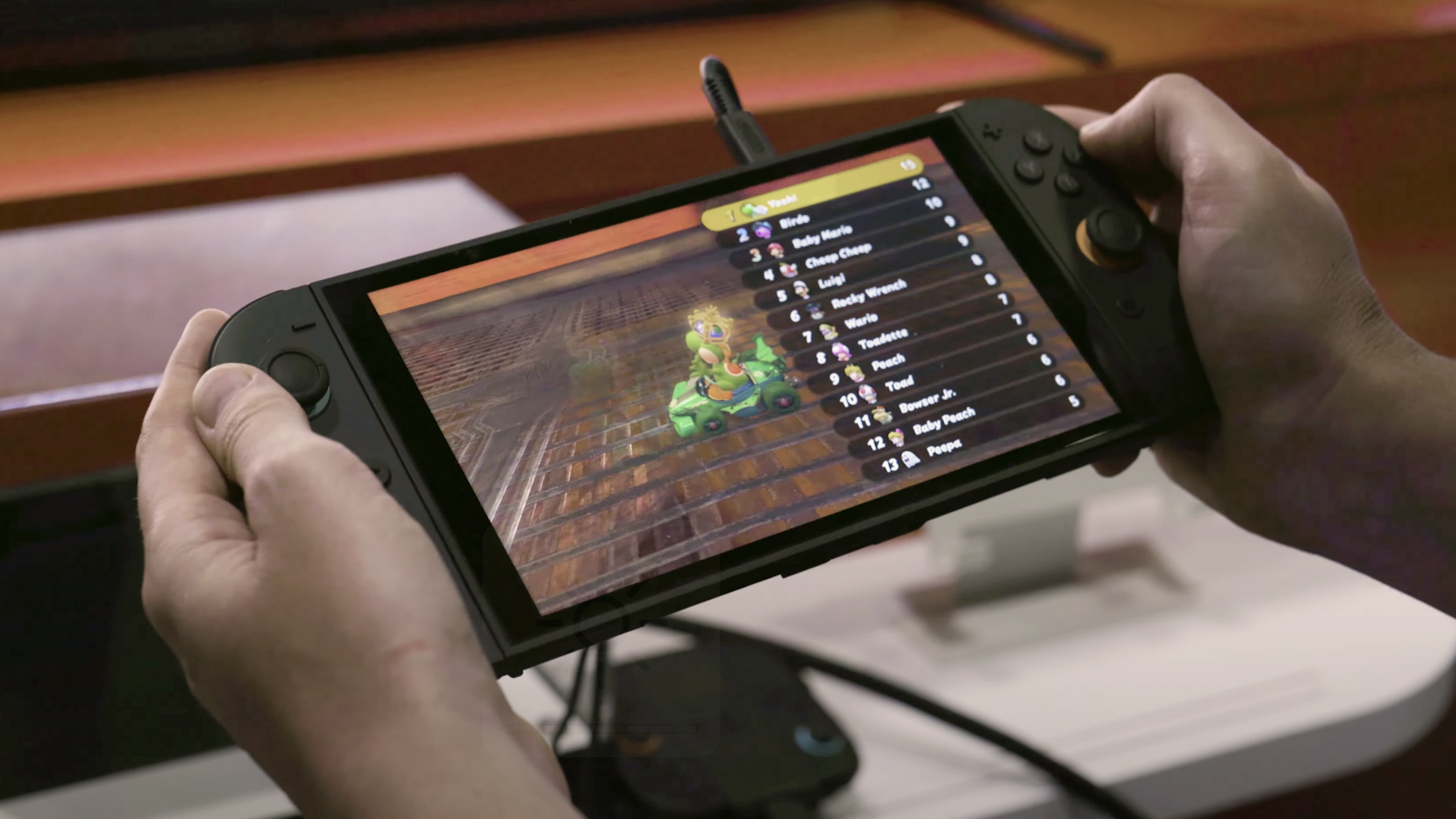 I just played new Mario Kart on Switch 2, now June is too far away
I just played new Mario Kart on Switch 2, now June is too far awayIt might not be the 3D Mario game we'd expected, but Mario Kart World on Nintendo Switch 2 is super fun
By Mike Lowe